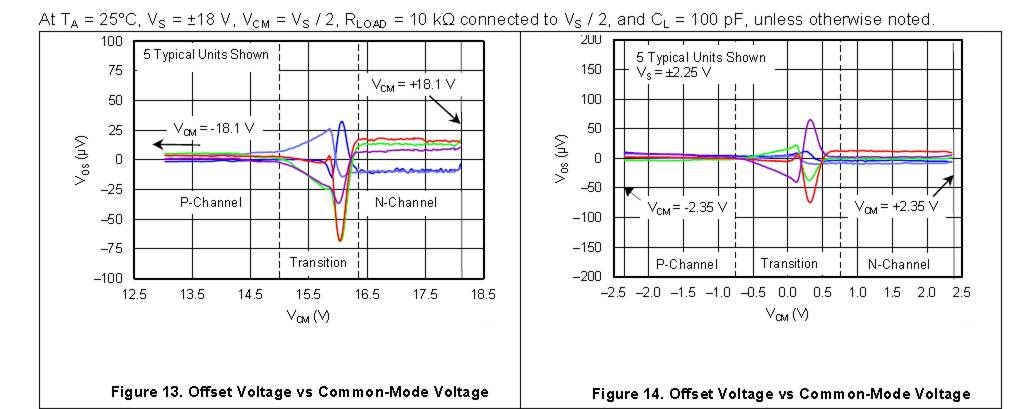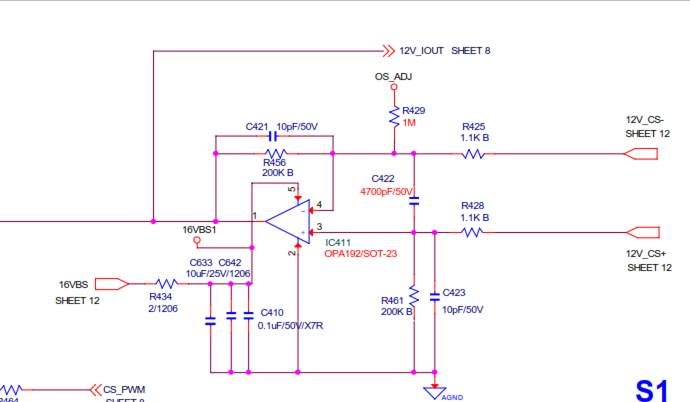Hi team,
1. When I looked at OPA192 datasheet, I found below figures, could you please explain them for me? what is the relationship among Vs, Vcm and Vos?
2. The customer's schematic is as below. The value of VCM is 12V and the positive power supply value is 16V. Actually the positive power supply value can change and the worst value tested is 14.1V. So do you think the customer's application has any risk? It is an urgent case.
Thanks very much!
Sophia Yao



